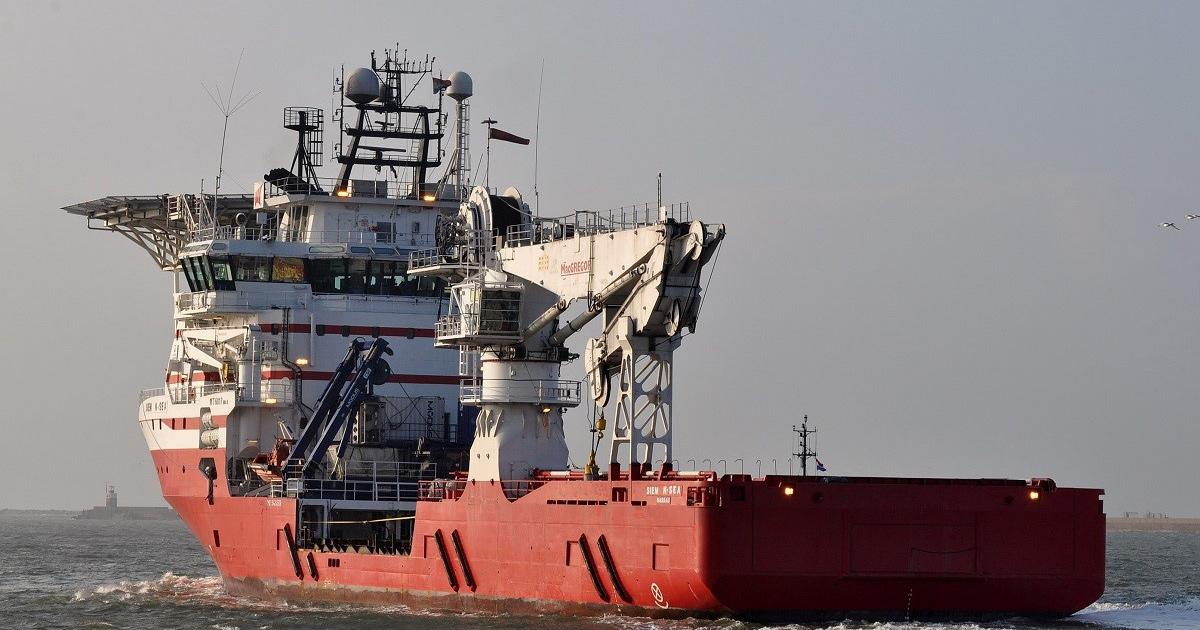Clearing the Past to Build for the Future: UXO Management with MagSense

The risks involved in installing an offshore wind farm in the North Sea are far more complex than one may think, not least because between 600,000 to 1,000,000 naval mines were dropped in the area during the second world war. Despite post-war clear up campaigns, thousands of unexploded ordnances (UXO) are still left on seabeds around Europe.
UXOs represent a serious risk for operations and the vessels used during the construction of wind farms, especially when laying cables, pilling foundations and jack-up vessels. Before work begins, it is crucial that they are removed as effectively and efficiently as possible.
Integrated subsea infrastructure service provider, N-Sea—through its joint venture company N-Sea BODAC UXO BV—has a track record of successful UXO campaigns, which have become even more efficient through the company’s next-generation detection and clearance equipment. Developed by N-Sea in collaboration with EIVA, MagSense is a ground-breaking vertical gradiometer array system which delivers highly accurate UXO campaign data. It efficiently gathers and records accurate high-resolution data in magnetically noisy subsea environments and hostile conditions.
Due to the length of time the majority of North Sea UXOs have been left untouched, many are deeply embedded into the sea floor, making detection and recovery difficult. MagSense’s vertical gradiometry however, makes identification of the objects far easier, reducing the number of excavations, time, and cost required. MagSense also excels in tempestuous environments, specifically the North Sea, with one particular project taking half the time to complete compared to previous campaigns.
MagSense has been designed to lead on wide seabed surveys as well as collect high density data in shallow waters. Used alongside the EIVA 3D Scanfish, the technology can be towed through water, meaning the most problematic areas can be accurately surveyed. Moreover, the operational time of campaigns is further reduced as infill is not required; 3D steering is built into the design and extra sensors enhance control. Risk to personnel is also lessened though the unique launch-and-recovery system (LARS) feature which keeps manual handling to a minimum.
The nearshore environment is also a particularly challenging environment for UXO clearance. In depths too shallow for ROV operations, the use of divers is an undesirable method. In 2018, N-Sea BODAC UXO BV launched the unique and innovative remotely operated dredge (ROD) solution.
The system comprises a dual-ended rotatable tool with gradiometers, assisted by the implementation of strategic artificial intelligence and machine learning technology with a 12inch dredge tooling at one end and a grab removal tool at the other. ROD has already provided unprecedented nearshore UXO clearance productivity on projects in the German and Polish sectors. Deployed from a shallow draft spud pontoon, ROD is able to operate down to zero water depths round the clock.
The tool utilises real-time kinematic for accurate positioning, incorporating altimeter, acoustic and optical imaging as well as an extremely powerful dredge pump to safely excavate and identify targets. Operators can control ROD remotely from a control room allowing work to continue long after conventional ROV or diver methods have been shut down by weather or excessive currents.
N-Sea BODAC UXO BV is committed to delivering safe, sound and swift operations and the development of MagSense and ROD demonstrates the company’s dedication to the energy industry. UXO clearance and developing innovative technologies that improves the efficiency of these campaigns is essential. We need to safely clear our past before we can build our future.

